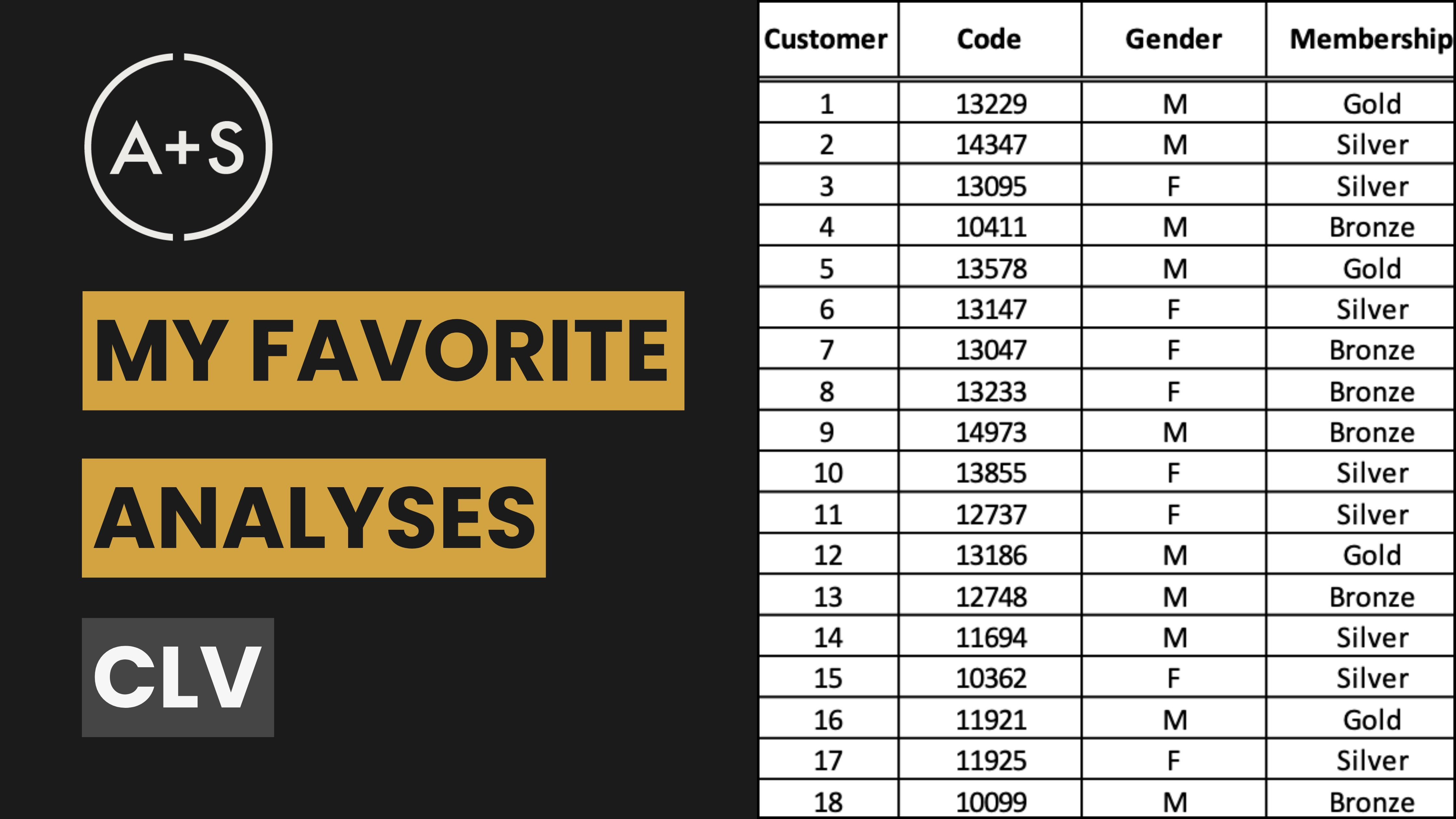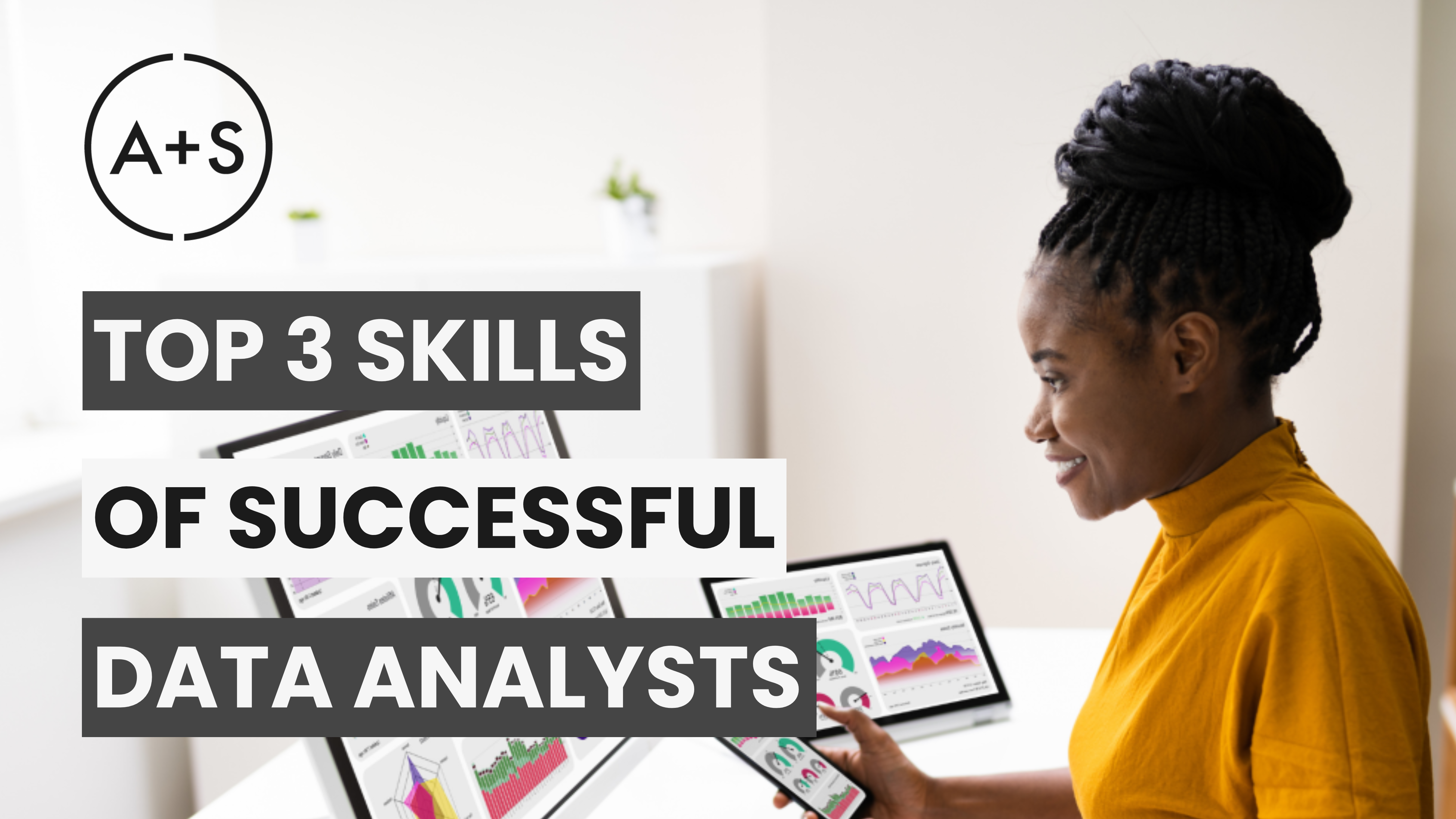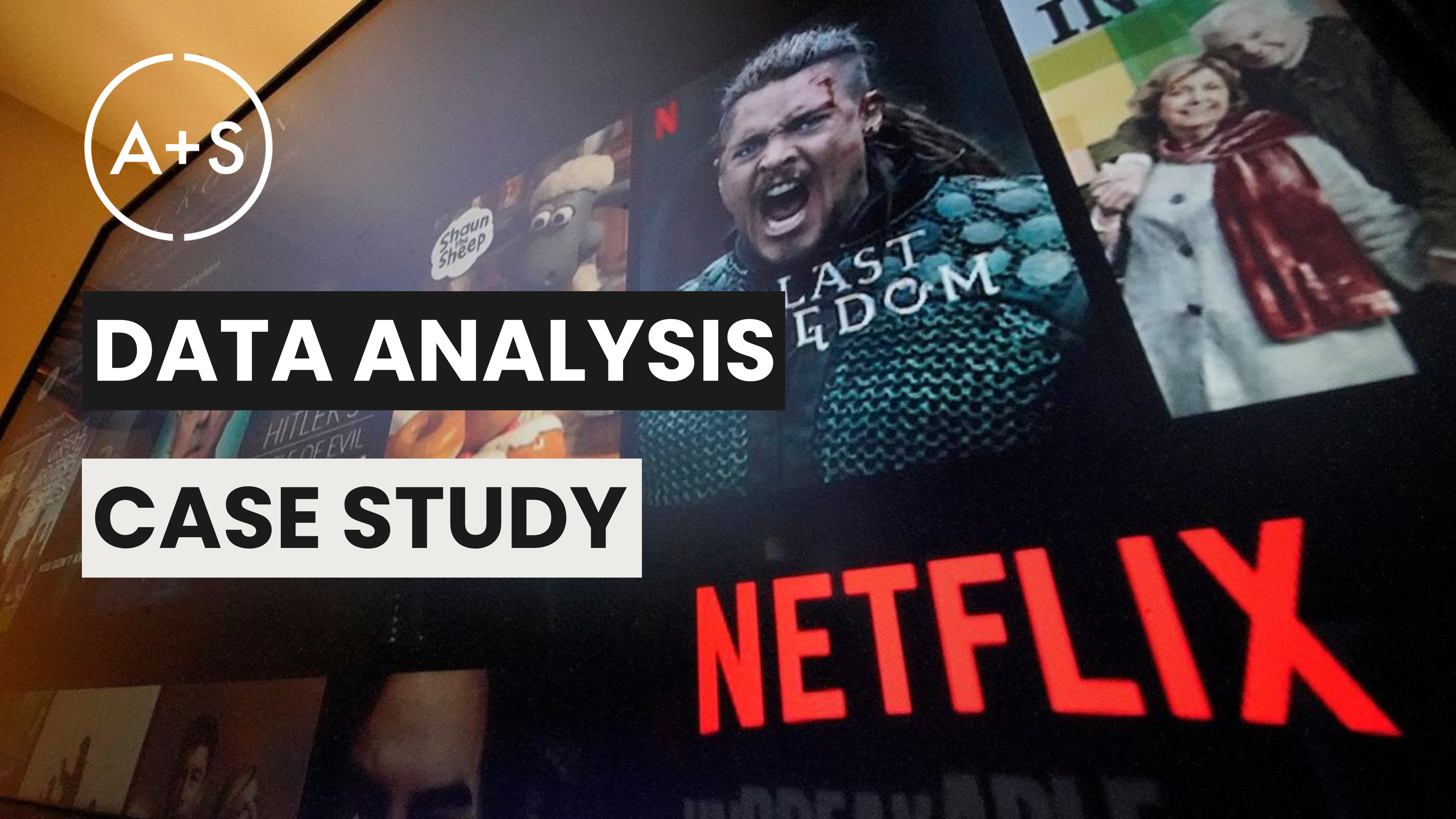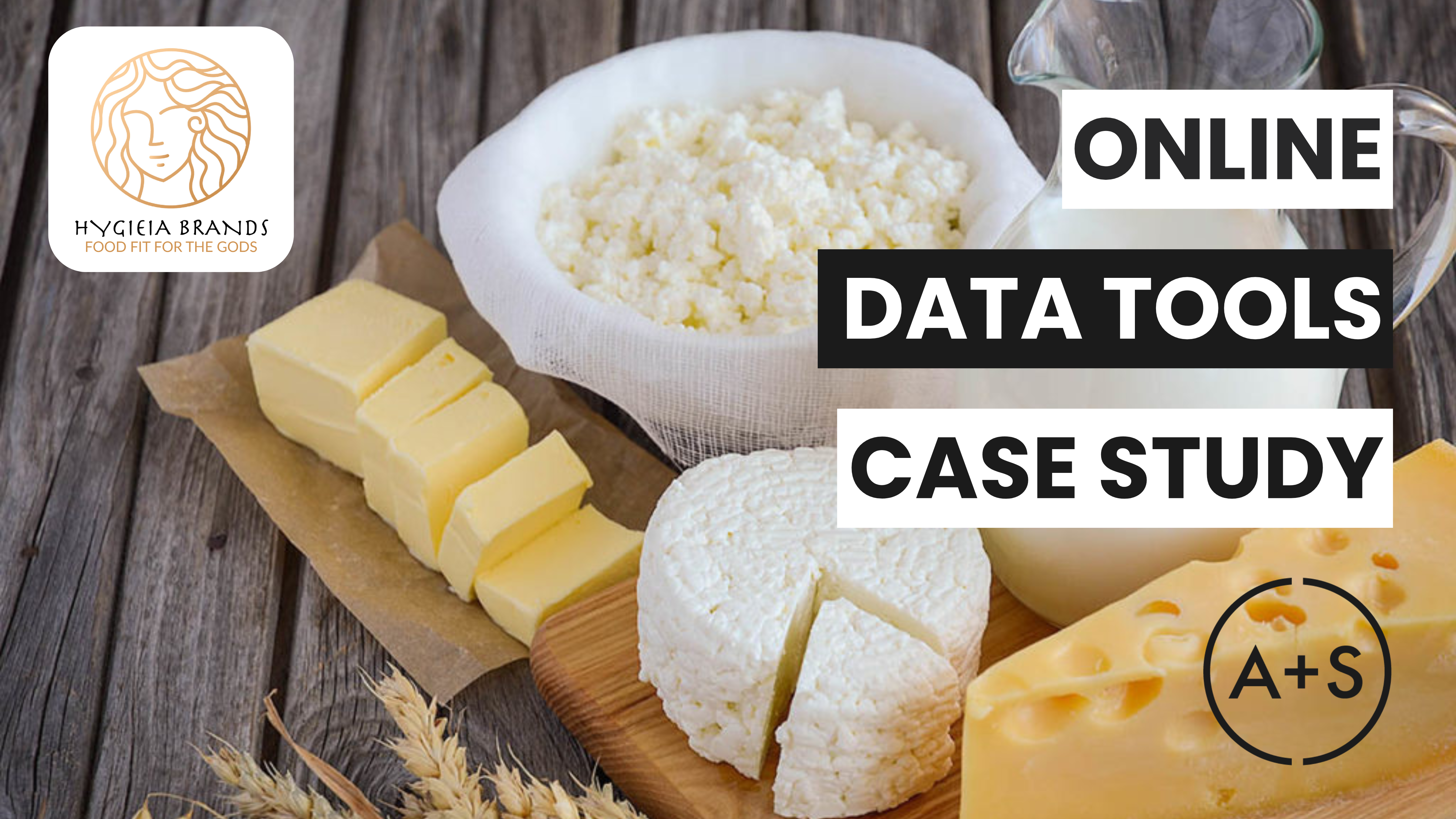Your inbox is a trap. So is your ticketing system. They are comfortable, orderly prisons that define your job and limit your impact.
A request arrives. “Can you pull the numbers on the Q3 campaign?” You execute the query. You build the dashboard. You deliver the report. You have done your job perfectly. And you have created zero value.
You have acted as a data clerk—a responsive, helpful, and entirely replaceable function. For years, this was the accepted model. The business asks. Analysis reports. We were a service department, paid to take orders.
That era is over. The tools we have discussed in this series—the InsightOS, the ability to mine unstructured data, the power to craft AI-driven narratives—have made the reactive analyst obsolete. Your new capabilities have given you a new responsibility.
You are not an order-taker. You are a sculptor. Your job is not to deliver a block of stone chiseled to pre-defined specifications. It is to find the masterpiece hidden within.
THE OPPORTUNITY / THE CORE CONCEPT
The shift from order-taker to sculptor is the redefinition of your role. An order-taker receives a request for raw data and delivers its precise dimensions. A sculptor is given the same raw material but sees the potential within. They apply vision and skill to chip away the noise, revealing the form that no one else could see. The business may ask for a simple report, but your skill reveals a strategic masterpiece.
This is not a suggestion. It is a change made possible by a fundamental shift in technology. Previously, sculpting insight was a slow, manual, and often biased process. The raw material was too messy, the tools too crude. It was impractical to be anything but an order-taker.
AI obliterates those excuses. Your AI partner is your apprentice, able to do the rough work of preparing the stone in minutes. The technological barrier to proactive insight has been demolished. The only barrier left is your mindset.
Think of the old model this way: The business asks you for a block of stone. As the order-taker, you go to the quarry, find a block with the requested dimensions, report its weight, and arrange for delivery. You have fulfilled the request perfectly.
The new model casts you as the sculptor. The business brings you the same block of stone: the raw data. They no longer ask for its dimensions; they ask what it can become. You do not just measure it. You study its grain, perceive its potential, and understand its flaws. With your tools—your AI-powered chisel—you chip away the noise. You carve away the irrelevant material, guided not by a spec sheet, but by the valuable form you see hidden within.
The order-taker delivers a cut stone. The sculptor reveals David.
STRATEGIC FRAMEWORK / PROCESS
Sculpting value is not a random act of inspiration. It is a disciplined, systematic process. It is a core business function that you will now own. It rests on three pillars.
The First Cut: This is the operationalizing of curiosity. You must formally dedicate time to searching for the form within the stone. This is not something you do “if you have free time.” You block it on your calendar. This is scheduled, non-negotiable work. During this time, you are not fulfilling requests. You are using your AI-powered toolset to listen to the unstructured voice of the market. Your sole objective is to find a pattern the business is not currently discussing.
The Pedestal: An undiscovered pattern is just trivia. To make it strategic, you must package it for impact. You do not deliver a spreadsheet or a dashboard. You deliver an Opportunity Brief. This is a short, powerful document that makes an unmistakable case for action. It frames the insight as a clear business problem or opportunity. Crucially, it quantifies the “size of the prize” or the cost of inaction. It transforms a vague observation into a concrete, data-backed business case.
The Studio Rhythm: One Opportunity Brief is an event. A recurring series of briefs is a culture change. You must establish a formal, predictable rhythm for delivering your proactive insights. This might be a bi-weekly, 30-minute meeting with key stakeholders. The agenda is always the same: you present your latest Opportunity Brief. This creates a forum where the business is forced to confront the reality you are uncovering. It makes proactive analysis a system, not a suggestion.
THE ANALYST’S PLAYBOOK
This is how you put down the measuring tape and pick up the chisel. The process is a simple, four-step loop. But it begins with a single, non-negotiable action you must take today.
Your First Move – Block The Time: Before you do anything else, open your calendar. Create a recurring two-hour meeting with yourself every week. Title it “Studio Time.” This time is sacred. Protect it as if it were a meeting with your CEO. This is the single most important step.
The Sculptor’s 4-Step Process: Once your time is protected, you can begin the work. This is your new workflow.
- Hunt for a Pattern. Set up your listening posts; one internal source (support tickets), one public source (reviews), and one community source (Reddit). During your “Studio Time,” use your AI workflow to analyze the raw data from these posts. Your goal is not to boil the ocean. It is to find one significant, unexpected pattern that is not on any current dashboard.
- Quantify the Impact. An observation is not an insight until it is connected to a number. If you find a pattern of confusion in your checkout process, go directly to your analytics. How many users are affected? What is the revenue value of their abandoned carts? Attach a dollar figure to the problem.
- Draft the Opportunity Brief. Package your finding for impact. Create a one-page document with this exact structure:
- Topic: The Hidden Cost of Our Checkout Process
- The Situation: We generate 10,000 carts per month.
- The Complication: Analysis of user feedback reveals the primary driver of cart abandonment is confusion around shipping options. This confusion results in an estimated $250,000 in lost revenue per quarter.
- The Question: How can we simplify our shipping options to recapture this revenue?
- Own the Conversation. Do not email your brief into the void. Schedule a 20-minute meeting with a key stakeholder and present it. At the end of that meeting, establish the new rhythm. State your intention directly: “I will be bringing one new opportunity like this to you every two weeks.” This is how you move from presenting a finding to setting the agenda.
FINAL THOUGHT
The tools are now a commodity. Anyone can hold a chisel. But the vision to see the form within the stone — that is what separates the order-taker from the sculptor.
Your organization is surrounded by raw material, waiting for a master’s hand. Do not wait for an invitation to the quarry. Pick up your tools. This shift from reporting on the stone to revealing the art within is the single greatest opportunity for advancement in your career.
Your value is no longer in the answers you give, but in the forms you reveal.
Keep Analyzing!




